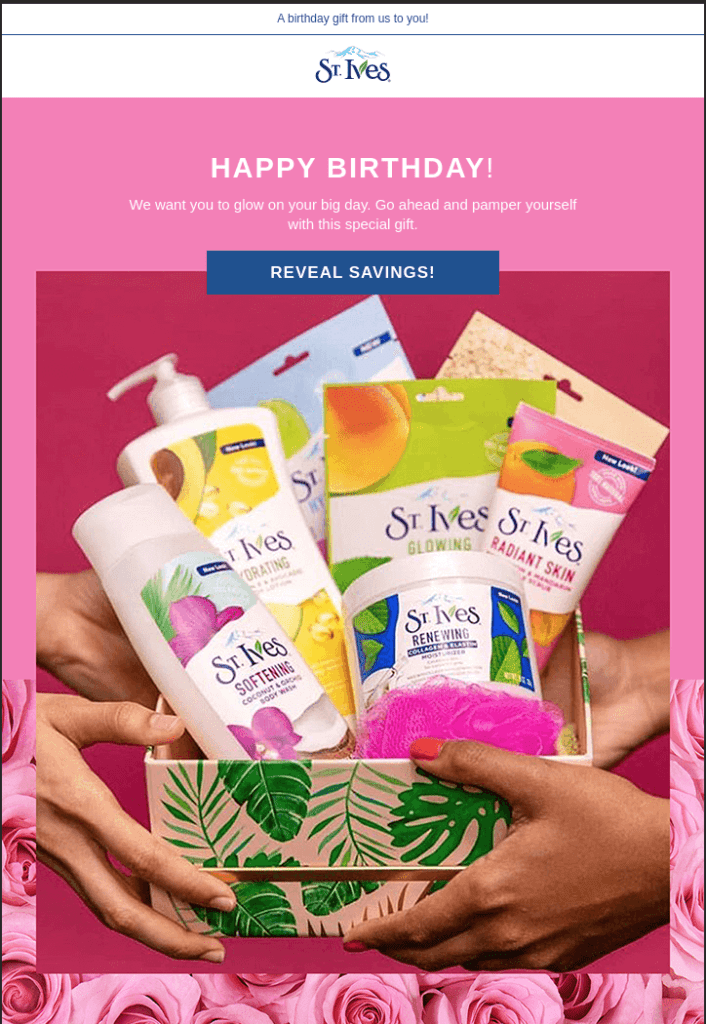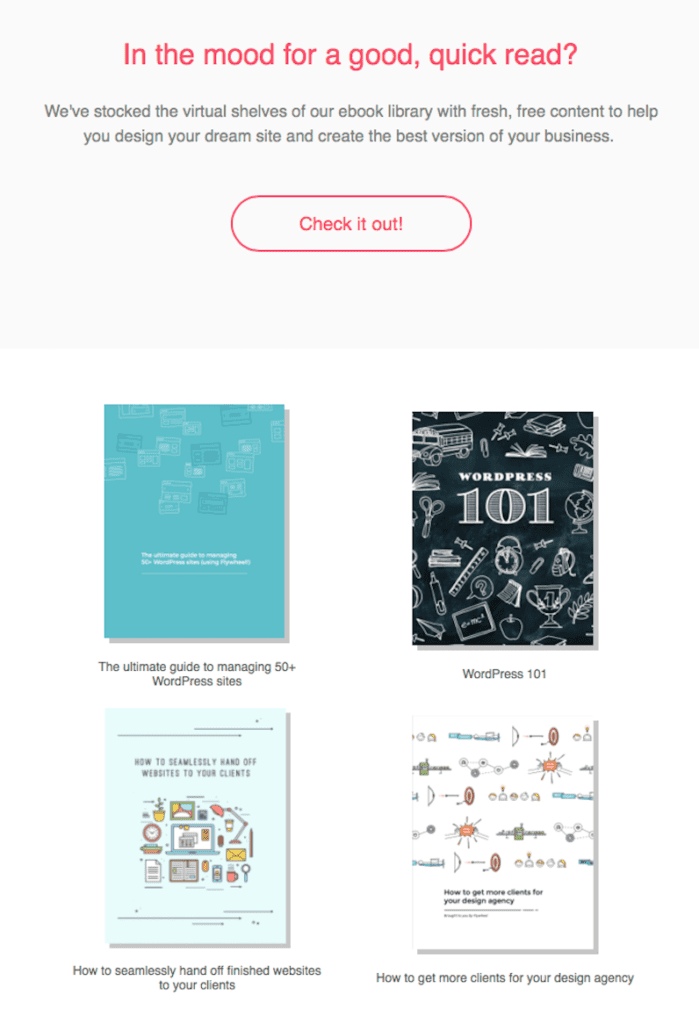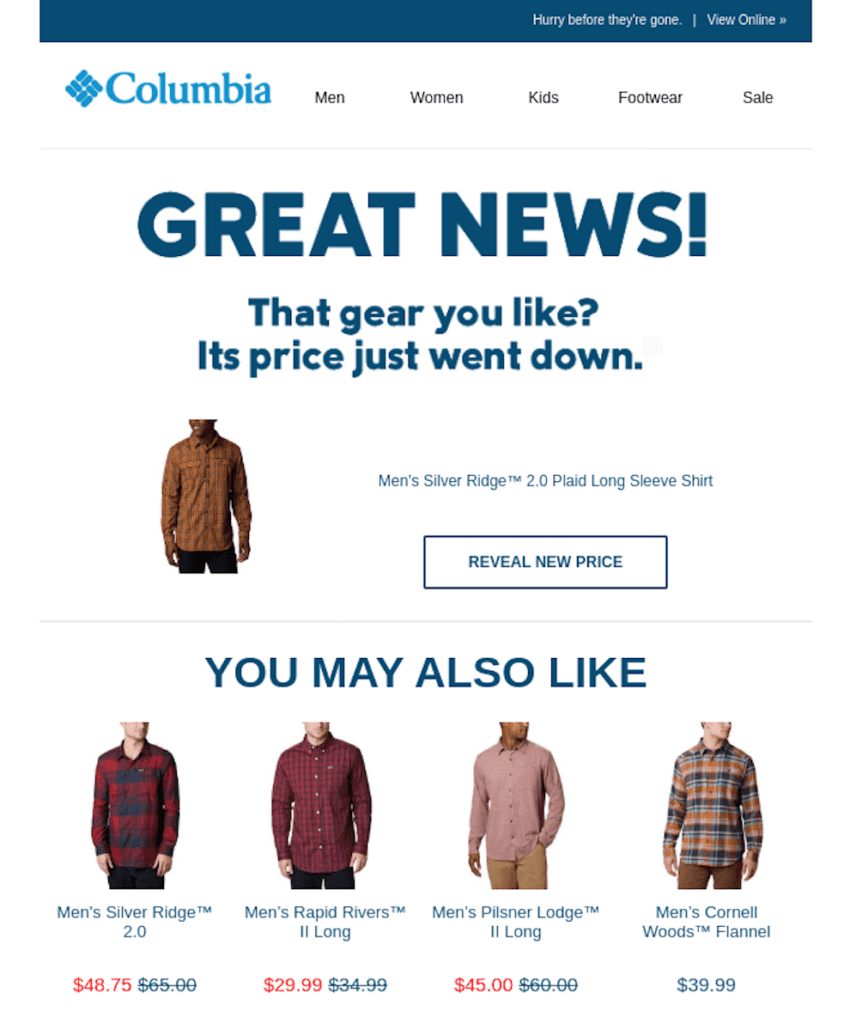Marketers are tasked with finding the right balance between providing a targeted, valuable piece of content and not scaring the audience away. Here are five best practices to create a personalized email.

It’s easy to learn a lot about someone before ever meeting them thanks to the Internet and social media. Everything from their birthdate and pet’s name to where they live and work is only a few clicks away. And for your email subscribers, you might have even more information thanks to data on their purchasing behaviors, survey responses, and other interactions.
But using all of that information to create a truly personalized email campaign isn’t always the best way to encourage engagement. In fact, it can be downright creepy.
Imagine someone you just met knowing everything about you. More than a little unnerving, right? That’s often how customers feel about your brand, especially if their interactions have been limited. Here are what consumers find to be the creepiest personalized marketing tactics brands use, according to an Accenture survey:
- Sending them a notification or text when they walk past a brand’s store
- Launching a social media ad for items the consumer browsed on a brand’s website
Marketers must find the right balance between providing a targeted, valuable piece of content and not scaring the audience away. We’ve put together a list of ways to properly personalize emails and why it’s important.
Customers want personalized experiences (to an extent)
Email personalization is the No. 1 tactic marketers use to increase engagement rates, and it’s easy to see why: 80 percent of consumers are more likely to make a purchase when brands offer them a personalized experience. Here are more reasons why you need to incorporate this tactic:
- 62 percent of U.S. consumers are willing to disclose their email address for personalized offers
- 21 percent of marketing professionals say more than 75 percent of the content they produce for their customers is personalized
- 72 percent of consumers say they only engage with personalized messaging
The value of personalization is clear. That is, as long as you aren’t hyper-personalizing email campaigns to the point of scaring your customers away. Here are five best practices with examples that will build loyalty and engagement—and not be surprisingly invasive.
1 Use their name
We’ll start with the most obvious personalization method first: adding the customer’s name. As Dale Carnegie once said, “A person’s name is to that person the sweetest, most important sound in any language.” Since it’s also something every customer would expect for you to know about them, using it in your emails is the perfect place to start with personalization—like in this All Things Hair email featured on Really Good Emails.

From the email subject line to the greeting text within the email, there are a few different places to add their name. Unless your brand is extremely formal, we’d suggest you stick with using only their first name. Most people say, “Hey, John!”—not, “Hey, John Smith!” Using an over-personalized greeting with their last name can actually turn subscribers off to your campaign.
2 Offer member exclusives
It might not be as personalized as their name, but showing your subscribers they’re special simply for interacting with your brand is also a subtle form of personalization that can boost loyalty, like in this email from kikki.K.

For example, send them a member-exclusive deal or company update. Or, if they are one of your top customers (with spending, engagement, time as a customer, etc.), let them know—and tell them thanks!
3 Wish them a happy birthday
Everyone wants to feel special on his or her birthday, so be sure to send your subscribers a birthday email on the big day. Not only will that help build loyalty, but a birthday email is also a great example of personalization that doesn’t seem out of place. Most customers know they’ve provided their birthdates, whether during the initial sign up, as part of your rewards program or when making a purchase. Here’s one email example from St. Ives.

Along those same lines, you can send them an anniversary email to celebrate how long they’ve been engaging with your brand. It doesn’t hurt to include a special discount or deal to make the anniversary extra special.
4 Send them related content
If someone reads a blog on your site about how to stage a house before listing, they might also enjoy one on housing market trends. Sending subscribers targeted content is a great way to provide value and show you know what they like. Tell them you’re sending the blog with opening text like, “Because you liked the article on staging your house, we thought you’d like this too.”
This email example from Flywheel doesn’t specifically say they’re sending it based on what the customer has looked at previously. But, it’s clear the content has been personalized for them because it all focuses on a specific topic.

Segmenting your email list also allows you to send personalized content based on a variety of factors, like their interests, location, occupation, behaviors, or purchases. In fact, marketers have found a 760-percent increase in email revenue when they use list segmentation.
5 Suggest new products they’d like
Similar to creating personalized emails with content, you can also send subscribers products you think they’d like. You can base that on items they’ve left in their cart, purchase history, pages viewed, or other data you’ve collected on them.
Like with the content, it helps to tell them why you think they’d like this product—instead of sending a “cold email” out of the blue that suggests a spot-on item they should check out. The email could say, “We saw you looking at tennis shoes, so we thought you might like this line of athletic wear.”
You can also feature the item you know they like and follow that up with related products. This is great for both browse and cart abandonment, like in this personalized email example from Columbia.

Anything that helps connect the dots for how you know them so well makes the message less creepy. You want customers to enjoy and feel comfortable with the level of personalization you’re using—and 77 percent would trust businesses more if they explained how they’re using personal information to improve their online experience.
Watch for shifts with personalization
Like with every other marketing technique, personalization is constantly changing—as is what consumers find unnerving with campaigns. That’s why it’s important to constantly monitor what your customers do and don’t like and adjust your marketing efforts as needed. You can do that through A/B testing, surveys, and engaging with your audience.
As consumers become more accustomed to their data being collected and used, how much personalization they’ll like and expect will shift. By engaging with them, you’ll be able to see what works—and what creeps them out.

